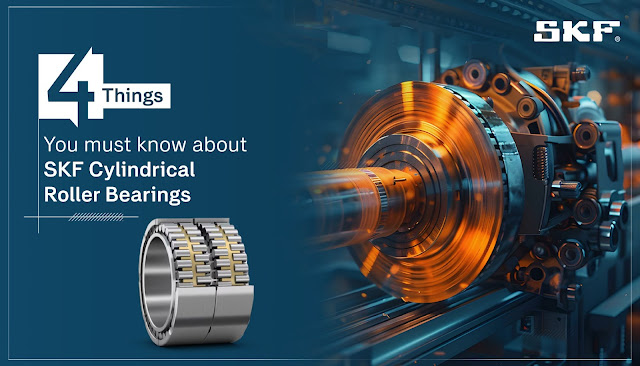Different Types of Ball Bearings You Must Know
Different Types of Ball Bearings You Must Know Just as humans need water to stay energized, machines rely on bearings to function smoothly and maintain productivity. Bearings reduce friction, wear and tear, and downtime, making them indispensable in industries where machines run for extended periods. However, different operations require different types of ball bearings , specifically engineered to meet the unique needs of various industries. One such critical type is the ball bearing. What is a Ball Bearing? A ball bearing is a rolling bearing that reduces friction by managing balls placed between moving parts. It distributes the load evenly, supporting both radial and axial loads, which ensures smooth operation over time, improving machine performance and productivity. Ball bearings are designed to enhance the performance of mechanical systems by reducing friction. To match diverse machinery needs, ball bearings are classified into several types. Types of Ball Bearings Deep Gro...




